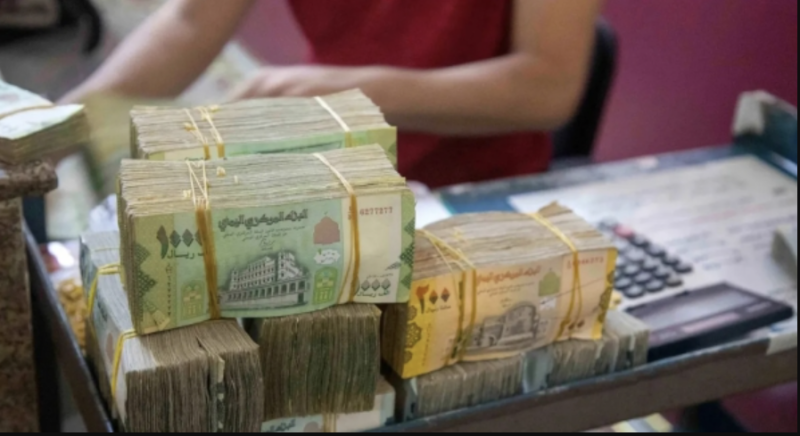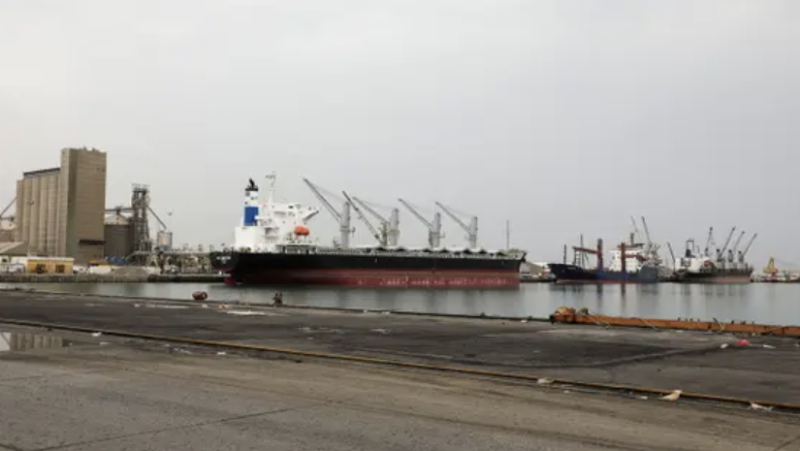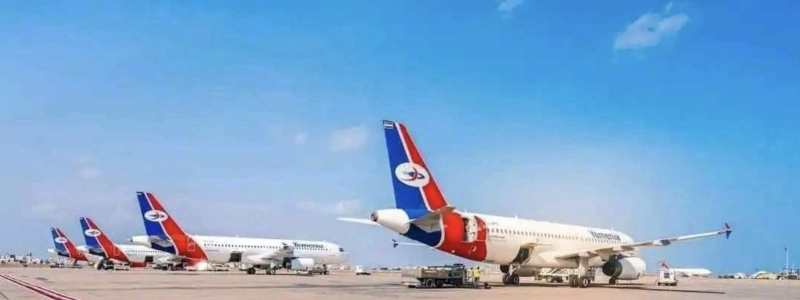IOM Yemen: Situation Report August 2020


SITUATION OVERVIEW
COVID-19 continues to worsen the situation for vulnerable, conflict-affected communities and migrants across Yemen. Insufficient testing and contact tracing capacities are evident in the low case numbers and high fatality rate and there are currently only six functional COVID-19 testing facilities across the country where only 7,000 tests have been conducted since March. Displacements sites, particularly in areas such as Marib -- which hosts the largest displaced population in Yemen -- are disproportionately affected by the limited testing and response capacity. Indicators suggest that with continued interrupted humanitarian assistance, acute vulnerabilities will continue to rise, and the number of people facing high levels of acute food insecurity will increase to 3.2 million people in southern governorates alone. To support Yemen's health system, IOM and partners continue to prioritize COVID-19 response efforts on enhancing testing, case management and surveillance capacity, and sustaining multisectoral humanitarian response efforts.
COVID-19 related displacements have slowed considerably, while displacements due to conflict activities---particularly from areas like Al Hudaydah, Al Jawf, Marib, Al Bayda, Al Dhale'e and Taizz governorates continued---with 2,935 households displaced in August. Conflict remains the main driver of displacement in Yemen, with approximately 80% of the 20,812 displaced households recorded by IOM Yemen's Displacement Tracking Matrix from 1 January and 31 August 2020 citing conflict as their primary reason for displacement.
In early August, continuous heavy rain caused flooding in Marib, heavily impacting both Sirwah and Al Wadi Districts. In Sirwah, IOM is targeting the largest IDP-hosting site with multi-sectoral assistance. Other torrential rains and storms across Yemen in July and August have affected an estimated 62,000 households and IOM is enabling a rapid response to meet countrywide needs through its Common Contingency Pipeline providing critical hygiene, shelter, and non-food items. Since the beginning of August, IOM has released critical household, shelter and hygiene items to partners in Al Hudaydah, Hajjah, Ibb, Taizz and Marib, aiming to serve 9,631 households.
There has been little improvement of the situation for thousands of migrants stranded in Yemen with detention ongoing, and the continuation of forced transfers from northern to southern governorates. Given the precarious conditions, the number of migrants approaching IOM for return assistance is increasing. IOM and partners are scaling up emergency assistance, while increasing advocacy for the resumption of return solutions. In Aden, preparations for two large scale migrant response initiatives are ongoing, including the distribution of food vouchers and a cash for work cleaning campaign, to address the needs of an estimated 5,000 migrants currently stranded in Aden. Fear and scapegoating of migrants as carriers of COVID-19 continues, and IOM estimates that over 14,500 migrants are stranded in Yemen's Aden, Marib, Lahj and Sa'ada governorates as closed borders and internal movement controls continue to restrict movement.

Paris — The French humanitarian organization Acted announced that it has delivered cash assistance to nearly 89,000 people affected by displa…

Sana’a — Fuel and food imports into ports under the control of Yemen’s Houthi movement on the Red Sea have continued to fall for…

ADEN — Yemen Airways, the country’s national carrier, announced it will resume flights between Aden and Abu Dhabi beginning in January…